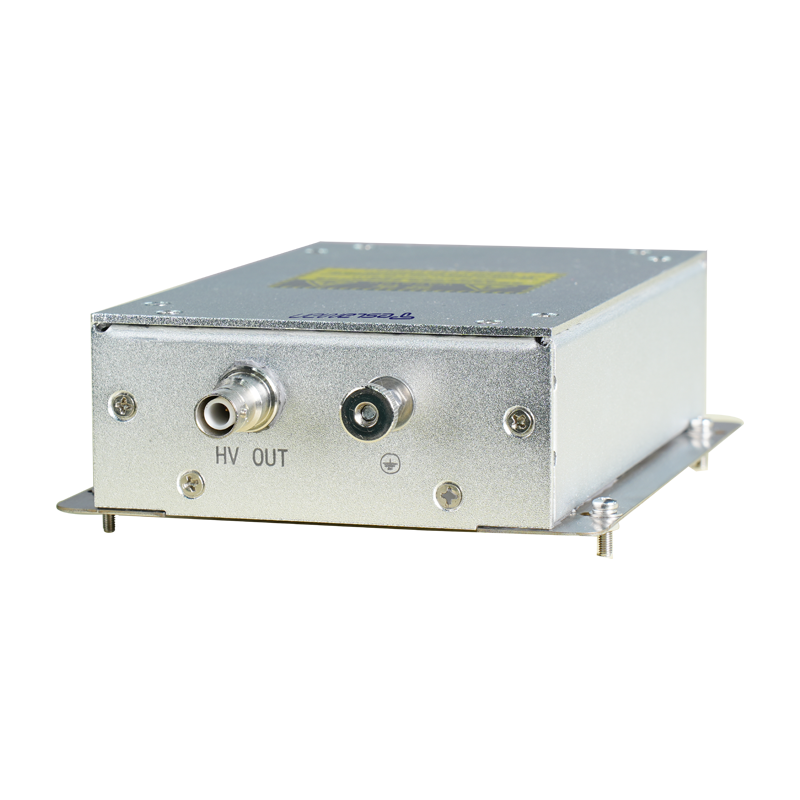High-Voltage Power Systems Driving Stability in Lithography Processes
High-voltage power supplies are central to the stable operation of lithography equipment, directly influencing illumination quality, electrostatic chuck performance, stage actuation, and overall pattern fidelity. The stability of these power systems is critical because voltage fluctuations, ripple, or transient disturbances can propagate into optical modules and mechanical subsystems, introducing overlay errors, focus variation, or dose non-uniformity. Enhancing lithography stability through high-voltage power systems involves a coordinated approach encompassing precise regulation, noise suppression, thermal management, and intelligent control.
Voltage precision is the foundation of lithography stability. Illumination sources, including lasers or pulsed lamps, require tightly controlled high-voltage pulses to maintain consistent photon output. Even small deviations in pulse amplitude or timing can alter exposure dose and degrade critical dimension control. Advanced high-voltage regulators employ multi-loop feedback, high-speed digital controllers, and model-predictive algorithms to maintain voltage within narrow tolerances, even under rapidly changing load conditions imposed by stage movements or pulsed illumination sequences.
Electrostatic chucks rely on stable high-voltage bias to hold wafers firmly during exposure. Fluctuations in chuck voltage can result in subtle wafer shifts, compromising overlay precision. Modern high-voltage systems integrate real-time monitoring of chuck voltage, current, and temperature, adjusting output dynamically to maintain clamping uniformity. Intelligent compensation strategies ensure that thermal expansion or wafer material variation does not induce drift in wafer positioning.
Noise suppression is another critical element for process stability. High-voltage switching generates electromagnetic interference (EMI) that can propagate to sensitive sensors and optical components. Techniques such as active ripple cancellation, resonant filtering, and shielded layouts reduce conducted and radiated noise. Field-grading and optimized grounding minimize parasitic coupling, ensuring that the high-voltage system does not degrade lithography measurement or exposure precision.
Thermal management of high-voltage modules is closely linked to stability. Temperature variations affect component impedance, switching timing, and voltage reference stability. Advanced cooling strategies, including liquid cooling, heat pipes, and thermally optimized chassis designs, maintain consistent operating temperatures. Thermal sensors combined with digital control allow real-time adjustments, preventing drift in voltage output that could impact exposure uniformity.
High-voltage modularity contributes further to process stability. Distributed module architectures enable fine-grained control over different subsystems, isolating disturbances and reducing the propagation of faults. Each module can respond independently to load changes, ensuring that plasma, illumination, or stage actuation circuits receive uninterrupted and stable power. Hot-swap capability also minimizes downtime, preserving lithography throughput and maintaining consistent patterning conditions.
Predictive diagnostics and monitoring enhance stability by detecting early indicators of component degradation, such as partial discharge, capacitor aging, or transformer drift. High-resolution sensing allows control systems to preemptively adjust operating conditions, maintaining voltage stability and minimizing exposure anomalies. This proactive approach is essential in high-volume manufacturing environments where even minor disturbances can impact yield across hundreds of wafers.
Synchronization between high-voltage subsystems and lithography machine timing is also critical. Exposure pulses, stage motion, and electrostatic chuck adjustments occur in tightly coordinated sequences. High-voltage systems must provide stable output with precise phase alignment, rapid transient response, and minimal overshoot. Digital control architectures with high sampling rates and low-latency feedback loops enable this level of coordination, supporting consistent patterning accuracy.
Finally, energy-efficient operation indirectly supports stability. Reduced thermal load, optimized switching behavior, and minimized power loss prevent unwanted heating and voltage drift, creating a more stable operational environment for the lithography process. Regenerative energy capture and adaptive module activation ensure that the power system operates efficiently without sacrificing stability.
By integrating precise voltage regulation, noise suppression, intelligent thermal management, modular architecture, predictive diagnostics, and synchronized digital control, high-voltage power systems play a pivotal role in enhancing lithography process stability. Their performance ensures uniform exposure, precise wafer positioning, and reliable operation, underpinning the quality and yield of semiconductor devices.




















